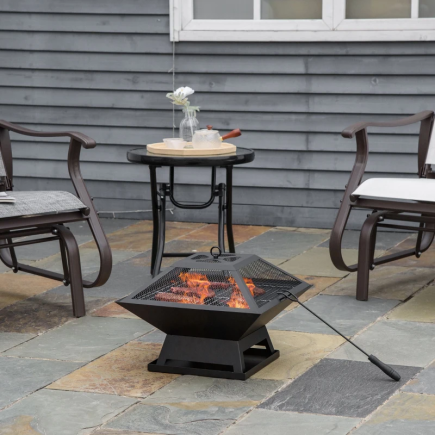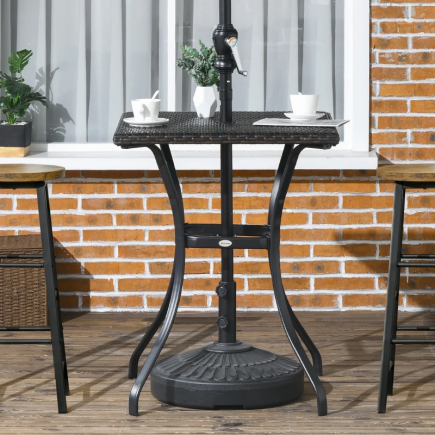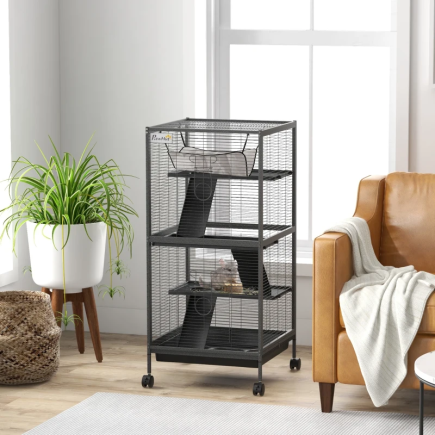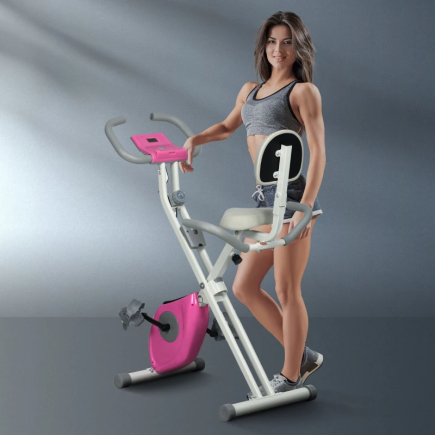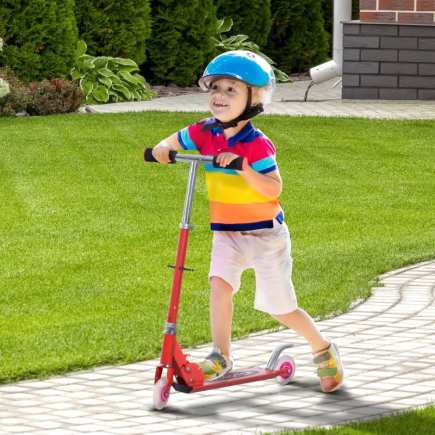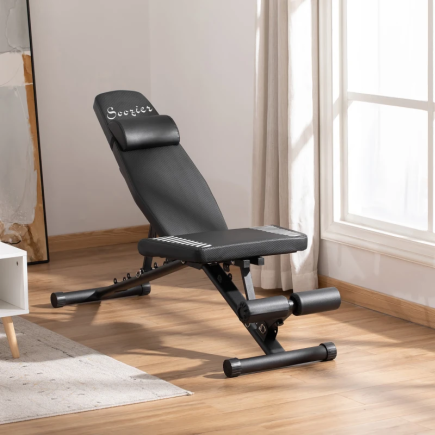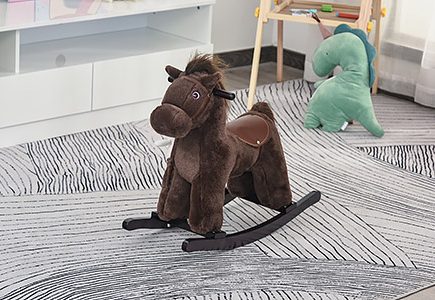
Cold plunging has gained significant traction in the wellness and fitness industry, offering impressive recovery benefits. Whether you’re using a cold plunge tub post-workout, for mental resilience, or simply to rejuvenate your body, it’s essential to do it correctly. Below is a practical, step-by-step guide to using your cold plunge tub effectively for optimal recovery.
1. Preparing Your Cold Plunge Tub

The first step is setting up your cold plunge tub. Here’s how to do it:
Set the Correct Temperature
- Ideal Temperature Range: Aim for a water temperature between 45°F to 55°F (7°C to 13°C). This range maximizes recovery without causing excessive discomfort.
- 45°F – 50°F (7°C – 10°C): Best for those seeking intense recovery and inflammation reduction.
- 50°F – 55°F (10°C – 13°C): Milder, suitable for beginners or those who want to maintain the benefits without extreme cold exposure.
- Water Too Cold? While some may be tempted to plunge into water colder than 45°F, research has shown no additional recovery benefits below this threshold. In fact, water colder than 45°F can increase discomfort and risk of injury.
Filling Your Cold Plunge Tub
- If using a traditional tub: Fill it with cold water and add 10-15 pounds of ice to bring the temperature down to the desired range.
- If using a modern plunge tub, like those from Plunge, you simply plug it in, and it will cool the water for you. These tubs allow you to set the precise temperature without needing ice, offering the perfect setup with minimal effort.
2. How to Enter the Cold Plunge Tub

Getting into the cold plunge tub is the first challenge, and it’s important to approach it with the right mindset.
Full-Body Immersion
- Why Full Immersion Works Best: To truly benefit from cold water immersion, submerge your entire body up to the neck. Full immersion ensures maximum engagement of your sympathetic nervous system, which helps improve circulation, reduce muscle soreness, and boost metabolism.
- For Maximum Effect: Submerging your neck also stimulates the vagus nerve, which plays a crucial role in regulating stress, digestion, and immune function.
Entering the Water
- Jump In Quickly: The fastest way to immerse yourself and beat the initial shock is to jump in fully. Gradually easing in tends to prolong discomfort, making it harder to adjust.
- For Beginners: If you’re new to cold plunging, start by immersing only your legs or lower body, and gradually work up to full immersion as you build tolerance.
3. Managing Your Duration in the Cold Plunge
Knowing how long to stay in the cold plunge is key to maximizing recovery without overdoing it.
Start Slow: Ideal Duration for Beginners
- Start with 30 Seconds to 1 Minute: Begin with shorter sessions of 30 seconds to 1 minute, especially if you’re new to cold plunging. This helps your body adjust to the cold without overwhelming it.
Optimal Duration for Recovery
- Ideal Duration: 2 to 5 Minutes
- After getting used to cold plunging, 2-5 minutes is the sweet spot for maximizing recovery benefits. This duration has been shown to enhance blood flow, reduce inflammation, and accelerate muscle recovery.
4. Breathing Techniques During the Cold Plunge

Breathing is crucial to controlling the cold shock response and reaping the full benefits of your cold plunge.
Calm Your Nervous System with Controlled Breathing
- Shallow Breaths: Cold water immersion naturally triggers rapid, shallow breathing. To regain control, focus on deep, slow breaths.
- Long Exhales: Exhale for a longer duration than you inhale to activate the parasympathetic nervous system, which promotes relaxation and helps lower heart rate.
- Nose Breathing: Try to breathe in and out through your nose, which increases your oxygen uptake and helps maintain a more stable and calming rhythm.
Mental Focus and Resilience
- Stay Present: Cold plunging offers a great opportunity to train mental resilience. Focus on the sensations and use your breath to help you stay grounded.
- Challenge Your Mind: With each plunge, your mind and body will adapt to handling the discomfort, increasing mental clarity and stress tolerance over time.
5. Movement During the Cold Plunge

Moving around gently in the water can enhance the benefits of cold immersion, improving circulation and recovery.
Benefits of Light Movement
- Engage in Gentle Paddling: Light movement, such as gently paddling your arms or legs, helps increase blood flow and prevents the cold water from forming a barrier around your skin.
- Boosts Recovery: This gentle motion also helps circulate fresh, oxygenated blood throughout your muscles, facilitating faster recovery.
6. Exiting the Cold Plunge Tub

Exiting the cold plunge should be done carefully to avoid shock to your system.
Gradual Exit
- Don’t Rush to Warm Up: After finishing your plunge, avoid rushing into a hot shower or blanket. Instead, allow your body to naturally warm up through the process of re-warming. This phase is important for optimizing the benefits of the cold exposure.
Rewarming Through Movement
- Gentle Stretching or Walking: After your cold plunge, engage in light activity like walking around or stretching. This promotes the circulation of warm blood to your extremities, accelerating the recovery process.
7. Frequency and Timing for Maximum Recovery

Cold plunging works best when incorporated into a well-structured recovery routine.
How Often Should You Cold Plunge?
- 2-3 Sessions per Week: This frequency is ideal for maintaining consistent recovery without overexposing your body to cold stress. Consistency is key to getting the most out of each session.
When Should You Cold Plunge?
- Pre-Workout: Cold plunging before a workout can boost muscle activation, increase alertness, and prepare your body for physical exertion.
- Post-Workout: Post-exercise cold plunges are excellent for reducing muscle soreness and inflammation. However, avoid plunging immediately after strength training if muscle growth is your primary goal.
8. Hydration and Nutrition After Cold Plunging

Recovery doesn’t end once you step out of the cold plunge tub. Proper hydration and nutrition play an important role.
Stay Hydrated
- Drink Water: Cold plunging can dehydrate your body, so it’s essential to drink plenty of water before and after each session. Proper hydration supports your body’s recovery process and ensures you’re in optimal condition for your next plunge.
Nourish Your Body
- Eat Protein and Carbs: After a cold plunge, nourish your muscles with protein-rich foods and healthy carbs. This combination helps with muscle repair and energy replenishment.
Dive Into Recovery
Cold plunging is an excellent method for enhancing recovery, reducing muscle soreness, and building mental resilience. By following the tips outlined in this guide, you can optimize each cold plunge session for maximum benefits. Whether you’re using it as part of your workout routine or to refresh your body and mind, cold plunging with a Cold Plunge Tub will soon become an essential tool in your recovery regimen. Ready to take the plunge?
FAQs
1. How long should I stay in a cold plunge tub for optimal recovery?
Start with 30 seconds to 1 minute if you’re a beginner. Once you’re accustomed to the cold, aim for 2 to 5 minutes for maximum recovery benefits. Staying longer may increase the risk of hypothermia without added benefits.
2. Should I move in the cold plunge tub or stay still?
Gently paddling your arms or legs in the water can boost circulation and enhance the benefits of your cold plunge. Light movement helps keep blood flowing and speeds up muscle recovery.
3. What should I do immediately after exiting the cold plunge tub?
Avoid rushing into hot showers or blankets. Let your body warm up naturally through gentle movement, like walking or stretching, which helps with circulation and enhances recovery.
4. Can I use a cold plunge tub before a workout?
Yes! Cold plunging before exercise helps activate your muscles and increases alertness. It’s a great way to prepare your body for physical exertion and can boost performance.











